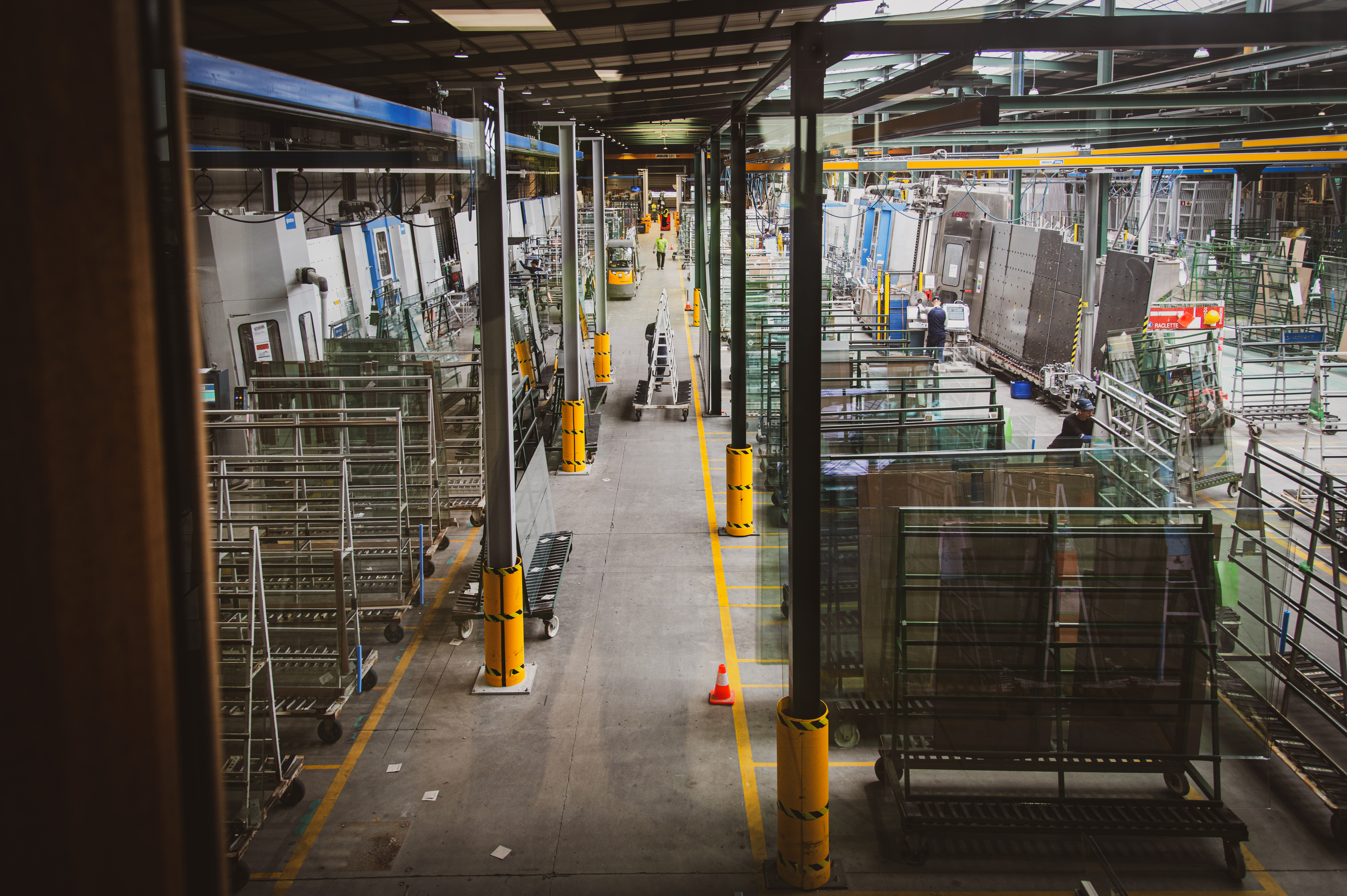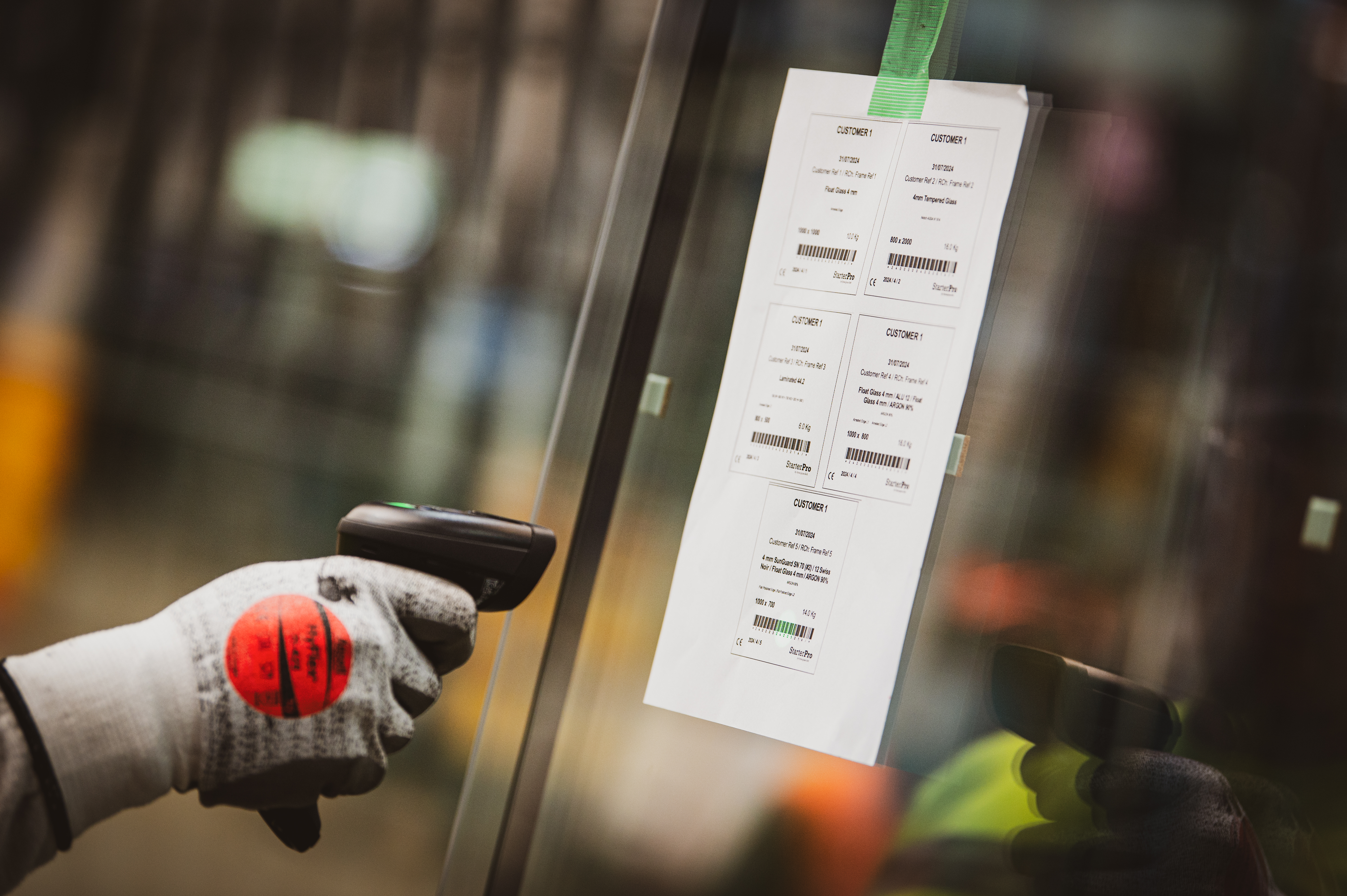Have you ever called your customer a hundred times to ask where your rack is? If it is immobilized or released? And when will you finally get it back? Only to end up hesitating to charge them fees for not returning it? If you are shaking your head in frustration, you are not alone.
Many of our customers faced these issues too and have had to get creative to find ways to get their racks back.
The most common issues you find with delivery racks in the glass industry are usually fixable, or sometimes avoidable. With that in mind, I would like to:
- Help you understand the three most common issues with delivery racks in the glass industry
- Give you some solution areas to help you avoid delivery delays, manage your rack stock, optimize your operations, and improve customer satisfaction.
By the end of this article, you will have gained valuable insight into the challenges of delivery rack management in the glass industry and discovered concrete solutions to optimise your operations.
Understanding the Common Issues with Delivery Racks
As glass processors, the struggle with delivery rack issues is all too familiar. Not only are they a critical asset to preparing and delivering orders effectively, but they are valuable delivery equipment that costs money. From rack losses to delivery delays, going through a lack of control and visibility, not to mention the time-consuming human interactions. All of this can disrupt operations and impact customer satisfaction.
Let’s take a look at the most common issues faced in the glass industry when it comes to delivery racks.
Issue 1 – Rack Availability Challenges Related to Glass Delivery
One of the most pressing issues is rack availability for delivery at your factory. Despite your best efforts, if your delivery racks are unavailable, you cannot prepare your order, load the glasses, and deliver them effectively.
Without having any information about the location of racks, you have no clue how to get more visibility and control over it. Did someone break them? Has someone lost them? Did someone steal them? You will never know because you have no visibility or control over it.
Loss
When it comes to delivery, one of the main issues is loss. In the various sites where racks are stocked or delivered, among all your customers, racks can easily be misplaced, lost, or stolen.
It is typical for glass processors to pass by construction sites and see your racks labeled with your company name somewhere you have never delivered orders. You are no fool! These racks did not magically end up there. They have been transported and used by other fellows of the industry, or any kind of people who might need these expensive logistics equipments.
Worse, you see your rack being in use, carrying glasses from another supplier. There is nothing more upsetting, especially if you have been missing racks and searching them for weeks.
Whatever the cause, the result is the same: valuable time and resources are lost in the search for missing racks. Sometimes, there is no other choice but to hire someone who has to make calls all day long to find out where the racks are and how to get them back. Every minute spent searching for a rack is a minute that could be used to fulfill orders or address other essential tasks.
Delivery Delays
Another common pain point with delivery is delivery delays. When racks are unavailable, production delays follow, resulting in setbacks in order fulfillment. Indeed, without the necessary racks to prepare and deliver the glass, production slows down, or, in the worst-case scenario, has to stop. As a Logistics Manager, the pressure to meet delivery deadlines is high, and the inability to do so due to rack unavailability is a constant source of stress and frustration.
Information Loss and Centralization
Another challenge when it comes to delivery is information centralization. Manually tracking the racks’ location and availability gets you stuck in administrative tasks. It takes valuable time and resources as it involves calling customers, checking the last delivery location in the system, manually counting the number of racks left in the factory, etc. You rely on spreadsheets, handwritten notes, or even your memory to know which racks are loaded, immobilized, empty, and where they are. This manual approach is not only time-consuming but also error-prone, as humans are prone to make mistakes, yes, we all are, while software and robots are not.
Issue 2 – Rack Availability Challenges Related to Rack Recovery
Despite the issue of rack availability for delivery, there is also an issue with the rack availability for recovery at customers’. Without a clear understanding of which racks are full, which are empty, and where they are located, it becomes hard to plan and execute delivery schedules and truck delivery rounds effectively. As a result, order delays, incomplete shipments, and customers waiting longer than expected for their products to arrive.
Getting Past Problems with Delivery Racks
While there is yet no silver bullet solution to every issue, there are however tools and technologies to tackle the most pressing ones. By implementing these solutions, you can have better information regarding your racks’ availability. This will allow you to optimize your operations to deliver on time and free up the person responsible for doing the manual checks for other tasks. You have a range of options to choose from based on unique needs and requirements.
Let’s explore these solutions briefly to have an overview on how to solve the most common issues with delivery racks in the glass industry.
Calls and E-mails
The most common way to solve these issues is to directly communicate with customers by telephone or e-mail to get the information you need.
It is not necessarily the most advanced solution, but is a decently effective method to get the rack location and be able to get it back. However, this method is time-consuming and error-prone.
Charge for Downtime
Some of our customers have introduced a policy of charging for downtime. This is a way for customers to return racks in time. However, implementing such a policy can have an impact on customer relations, which requires careful thought and communication.
Racks Recovery Offer
During the pandemic, one of our customers, in despair, launched a call on social media to recover racks as they were running out of them. At that time, orders were flowing and flowing, machines were running at full production capacity and thousands of delivery racks were getting out in trucks every day. However, this can be a time-consuming and not always effective operation.
GPS Trackers
GPS trackers are a good solution to provide real-time rack tracking. It provides precise location tracking, optimizing delivery routes and enhancing security. The challenge that is holding companies back is the initial cost, as you need to add a GPS tracker to every delivery rack, which can easily represent a significant investment for companies in the glass industry.
Gantries with RFID Tags
Gantries are overhead structures for automated rack monitoring. It offers added security and oversight in delivery rack management, despite higher initial investment. However, it only provides information about racks coming in and out. You have no information on the racks status and they do not always provide complete information on all aspects of rack management.
Collaborative Rack Management Platform
A collaborative rack management platform (e.g.: SynerTracker) is a platform offering control, visibility, and management over delivery fleets and racks. It helps centralizing informations and gives availability insights thanks to a QR code scanning system to help with rack location and status. Its collaborative nature also allows multiple suppliers to co-exist on a single platform. However,this still involves human interaction as everyone has a role to play for it to be useful.
And Now, What are the Next Steps ?
- Evaluate the scale of the challenge
> How big are the problems you are experiencing with your current solution to manage delivery rack?
> Are there any specific pain points or inefficiencies that need immediate attention? - Determine the resources you want to put in
> What level of investment are you willing to make to improve delivery rack management?
> What budget, time and staff do you want to put to solve these issues? - Analyse integration options
> How can the suggested solution integrate with your existing systems and workflows?
> Will it require significant changes to your current operations? - Consider scalability
> Is the solution scalable enough to adapt to potential growth and evolving needs?
> Can it adapt to changes over time?
By considering these criteria, you have the keys to make an informed decision when choosing a rack management solution that best fits your organization’s needs, resources, and goals. As the glass industry is constantly evolving, investing in solutions such as GPS trackers, gantries or a collaborative platform like SynerTracker, you can take your operations to the top and maintain a competitive advantage for long-term success !




